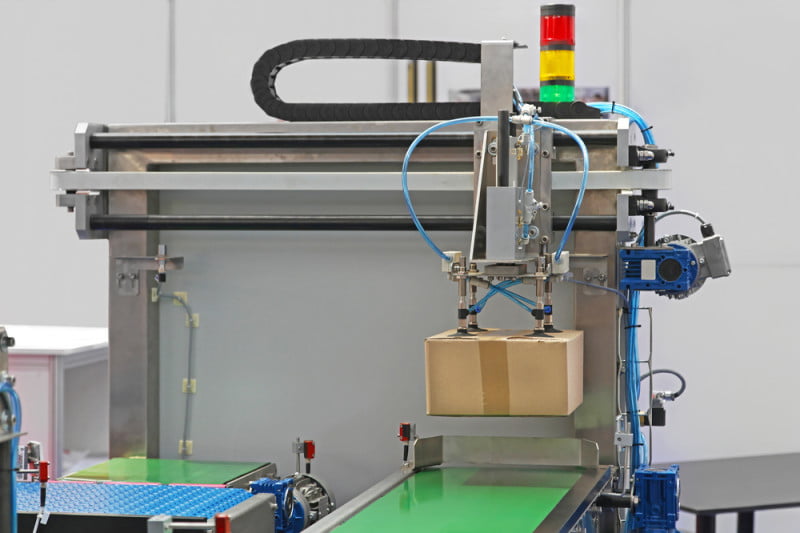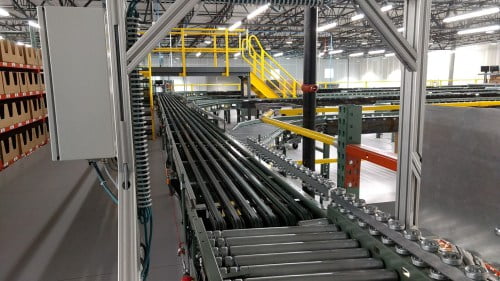Published April 29, 2015
By Thompson Brockmann
Partner, Tompkins International
We have a long history of focusing on solutions that maximize supply chain performance and value creation. A large part of that is ensuring that recommendations consider both qualitative and quantitative analysis of multiple alternatives that are designed to best meet clients business strategies.
One of the final steps in distribution and fulfillment center material handling design efforts is to determine the return on investment (ROI), a tried and true method of ranking the economic benefits of multiple alternatives. However, translating the results of economic analysis is not as easy as just ranking the key indicators.
More and more, we are seeing today’s leadership looking beyond the simple ROI, Net Present Value (NPV), and Internal Rate of Return (IRR) calculations. Company leadership is more interested in a holistic look at how the economics of the proposed solution impacts the profitability, growth, and success of the company as a whole. Consider these key components of any economic analysis that aren’t always included in a cash flow analysis:
- Does the age and condition of current equipment put the mission of the business at risk?
- What are the costs of acquiring and maintaining labor pools?
- What are the ongoing maintenance costs?
- What solutions address increased business continuity concerns?
- What is the impact to EBITDA? How should depreciation of equipment be accounted for in the economic evaluation so that the EBITDA impact is accurate?
- What are the true costs of not investing? Are all cost avoidances being correctly accounted?
- Are one-time expenses and operating costs fully captured?
- Has the strategy been properly developed so that the structure of the material handling system is designed to meet the strategy? What are the costs of not being able to meet the strategy?
- Will the material handling system enable new distribution channels, product lines, improve customer service, or have other benefits?
- Are you looking at the correct economic indicators, i.e. should the NPV be given more weight than IRR as it better addresses other opportunities for available capital?
To meet today’s trends in economic evaluations Tompkins International takes a “More Thought, Less Steel” approach to material handling system design. Our designs keep the value of our client’s capital in the forefront of the entire process. Coupled with a focus on strategy first, ensures solutions that are truly geared toward maximizing value creation within the supply chain.
More Resources:
- Blog: The Importance of Optimal Column Spacing
- White Paper: Put Systems: How a Put System in Your Distribution and Fulfillment Operations Can Overcome Key Challenges



